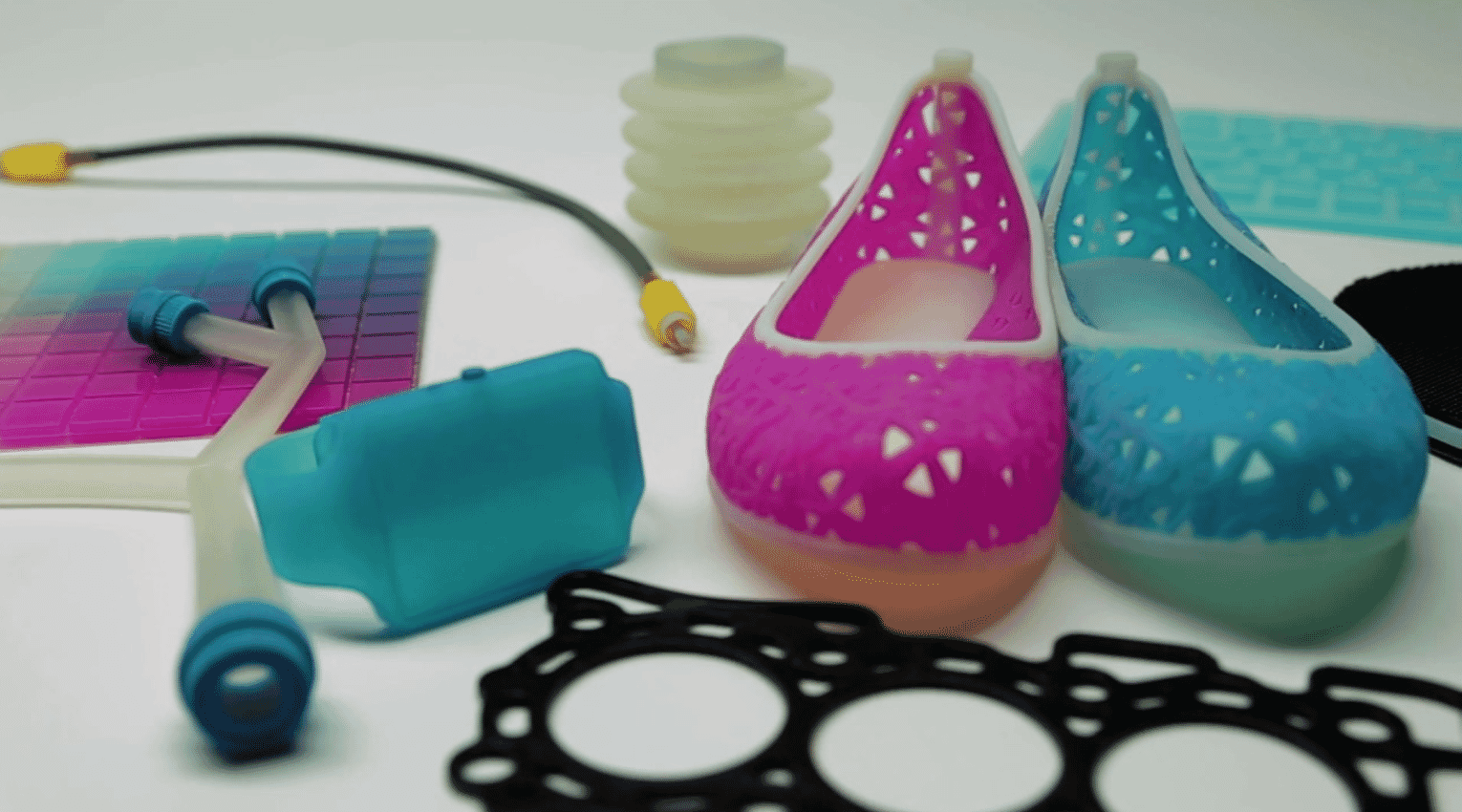Agilus 30 – FAQ’s

Our bureau manager answers all of your frequently asked questions on the Agilus 30 Polyjet material
What’s the main difference between Tango & Agilus 30?
With the new Agilus 30 material, the tear resistance is greatly improved – rising from 2-4kg/cm to 5-7kg/cm. The tensile strength of Agilus is also much higher. In fact, it is three times that of Tango Black Plus!
What do you see from the bureau’s customers, as the most common application for this material?
Due to it’s properties, most of the models we are printing out with Agilus material are seals and components that need to be flexible. It is the best material in the Polyjet range to imitate rubber.
Do you see any industries using it more than others? If so – why do you think this is?
We see more often now that is more commonly being used in the Automotive and Industrial Production Design sectors. This is mainly because their products use a lot of rubber components, so Agilus 30 is perfect for this.
What colours does Agilus 30 come in?
Any colour you want! You can specify an RGB value and combine Agilus 30 clear with some Cyan, Magenta, Yellow, Black and White to create any colours without some limitations.
How is the surface finish of Agilus 30 compared to the other Polyjet materials in the range?
It is no different, however it can produce quite a tacky feel once printed. We can however treat the models to remove this tacky feeling, just ask the team.
Is Agilus 30 a cost effective flexible material solution for a customer? If so – why?
For smaller components or parts, then yes very cost effective.
What systems are you currently running Agilus 30 on at the bureau?
We are running Agilus 30 on the Objet Connex printers we have in house, as well as our Stratasys J750.
If you have any further questions regarding Agilus 30 as a material for a part you’d like to print, get in touch with the team!

